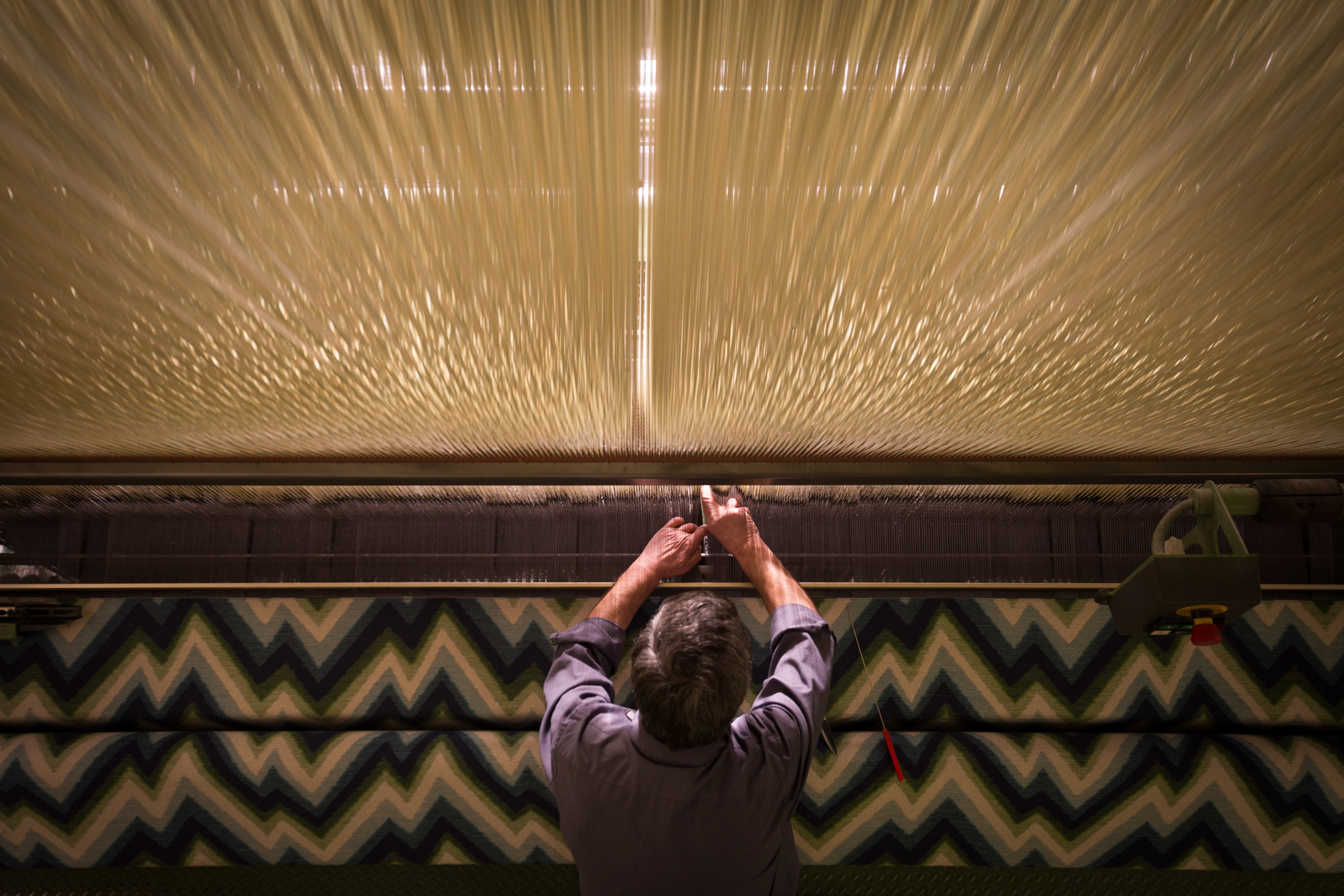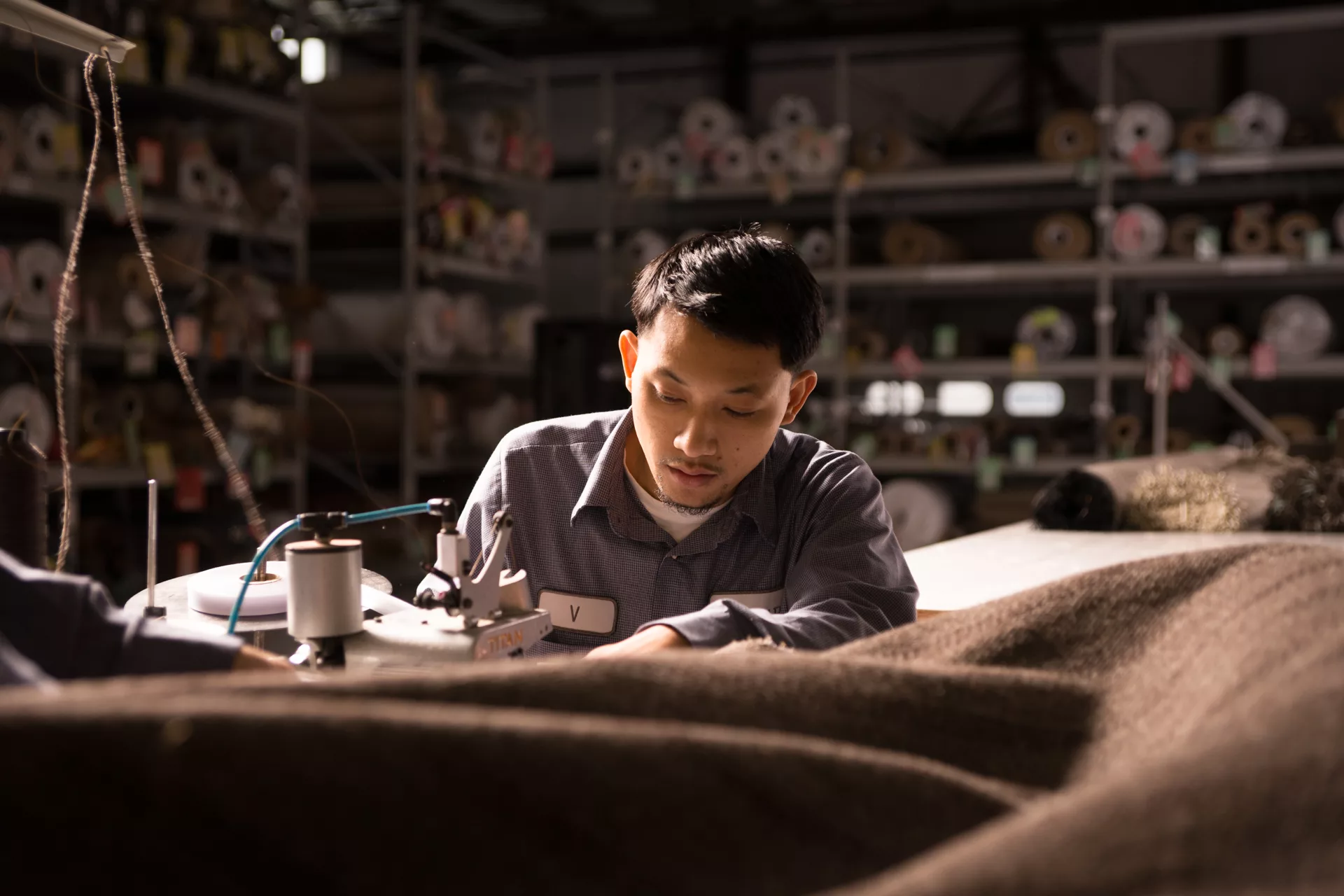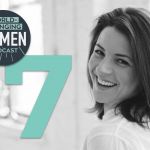“If you want to build a conscious company, you have to start with developing conscious humans in it.” — Jeffrey Hollender, co-founder of Seventh Generation
Those who wish to do business consciously often overlook a fundamental element of doing so: the human capacity to develop greater consciousness. This oversight is understandable, given our tendency to be mechanical in our work. Yet human consciousness is the foundation of conscious, responsible, and innovative business practice. Developing a conscious company will mean challenging widely accepted beliefs and long-held practices for the sake of greater responsibility to the planet, the customer, and all people affected during the production of the product. Only a person who herself is conscious — meaning actively self-managing — can act as a pattern-generator, working toward goals and generating new behaviors relevant to her life, work, and intentions. Without this ability, a person will not change patterns, even when his survival depends on it; instead, he will automatically repeat past behavior. Meanwhile, a collective of unconscious people — like a company — will repeat sets of behavior.
Generating good-for-the-world products or services with thoughtful production does not constitute consciousness. Consciousness is a capacity to use the observing mind to watch the spiraling and rippling effects of our thinking and choices in every situation: with every supplier or customer and every stakeholder who counts on us. It enables us to consider our effects on the interwoven social and ecological systems that span the globe.
Consciousness requires letting go of mind-dulling practices that are based on sets of uniform standards and procedures embedded in programs and certifications. When a company develops conscious, pattern-generating thinking skills in all its people, it gains the capacity to go beyond best-practices — pattern following — and redesign every aspect of the business to work in the same ways that living systems work: with each player uniquely contributing to an interdependent whole. The consciousness process isn’t product or production improvement based on externally mandated criteria. It’s product and production creation based on connecting to customers and other stakeholders and making their lives work better.
The good news is that it’s possible to develop this self-management of mind and behavior in any and every person within a business. Unlike other primates, humans have the potential to go beyond the pattern-following tendency and both mentally conceive of a new future and start taking action toward it immediately. In fact, I have witnessed and participated in the journeys of more than 100 businesses as they progressed on such a path. When a company commits to developing the consciousness of the people within it, not only does the business itself benefit through greater innovation, impact, satisfaction, and success, but the benefits also diffuse as systemic effects on all related communities and stakeholders.
Shifting from Responsible Business to True Consciousness at Merida
The story of Merida Inc., a Boston-based company that produces woven natural-fiber rugs using nontoxic methods, provides a compelling example of the power true consciousness has to make a difference in the world while simultaneously supporting a financially successful business. When I met with Merida in 2009, the company’s margins were falling short of its leaders’ goals. They thought of themselves as a sustainability-driven brand with a focus on meeting specific supply-chain standards and certifications — mainly Fair Trade and sustainability criteria for resource use. Those commitments were rare in the fiber and rug industry, and the company was looking to tell its story in a public way.
After talking with Merida’s leaders for only an hour, I knew that most people would consider it to be the epitome of a conscious company: great alternative products and exacting supplier standards. But it was far from being a conscious organization by my definition.
Pitfall 1: Disconnection from customers.
Conversations revealed that Merida’s employees were not strongly connected to its customers — in fact, no one knew much about them. The company sold its products through big retail chains like Pottery Barn and Restoration Hardware, and information on customers’ use or esteem of the product came to employees, if at all, from information presented by a supervisor, having already been filtered through the company’s salespeople. Customers were treated as numbers, not real people with lives who counted on Merida’s products.
Pitfall #2: Disconnection from suppliers.
On the supplier side, Merida adhered to Fair Trade and sustainability standards without fail, but they were missing the living-systems thinking and framework essential for a company that is intentional in all its activities and conscious of its inevitable systemic effects. For example, Merida’s Brazilian supplier was delivering beautifully dyed yarns produced with fair wages and working conditions. But a simple exercise — imagining the business’s effects on the supplier’s whole village — exposed the fact that important stakeholders were being left out of the benefits, including elders who, although “retired,” held the tribe’s craft wisdom. The horizon of Merida’s leaders stopped at a set of certifying standards which they believed made them a “good business.” With just a little probing, they were now noticing the gaps in that thinking.
Pitfall #3: Lack of clarity and employee empowerment.
Even within company headquarters itself, they started to see a myriad of examples of unconscious behavior. The US workshop was home to many highly skilled employees — including master craftspeople who had immigrated from Southeast Asia — working with managers who knew the business and understood its operating methods. Yet, as with the Brazilian suppliers, a living-systems assessment of Merida’s work methods revealed that the work system was not fostering team members’ critical thinking, self-determination, and self-mastery — skills important to a conscious company and even a democratic society. The work design involved predetermined practices that the workers were supposed to adhere to — no thinking required, just follow the procedures. Consequently, people were not contributing to the business or growing personally as much as they could have been.
For Merida’s leaders, that first meeting was disturbing and exhilarating at the same time. In recognizing their blind spots, they saw opportunities to develop their thinking and business practices to become truly regenerative. They also recognized that they would need to do this before they told their story, to make it even grander and create a powerful edge within their industry. Merida was already ahead of many businesses; but now its leaders saw more that they could do.

Merida’s Abaca rugs are hand-braided by partners in the Philippines out of yarn sourced from small, family-owned organic farms.
Phase One: Disruption
The work of becoming a conscious company is rooted in an employee developmental education process, and this change process begins with disruption. You can’t simply introduce a new idea, mission, or program. You must wake people up.
The first few months of this process at Merida started with a newly formed core team of people from all levels and functions. The team’s charter was to shift the intention and capability of the business to work with conscious practices and develop in all their employees the ability to bring greater consciousness to their behavior and current patterns of thinking.
We met monthly to develop the core team members’ capacity to think more systemically about business and to lead from a new, holistic perspective. The sessions taught them to observe themselves as they were thinking and acting, bringing greater mindfulness to their actions. The work wasn’t about doing different things or having better intentions, but about being able to watch their own minds. We used the business itself as the material of the learning. No hypothetical situations allowed — only the real business working in real markets.
With each session, the team learned more systemic, conscious ways to consider something about the business they had previously done mechanically and had therefore not seen as an opportunity for innovation. But this work wasn’t about “improving” or “doing better.” When the focus is on doing better, you start with what exists already. To move beyond that tendency, our sessions introduced a new perspective-shifting, systems-thinking framework and asked the team to apply it to current business changes. In other words, they were learning and designing execution simultaneously. Initially, it was unsettling for the team to challenge deeply engrained thinking patterns, create a plan, and immediately put it into practice across the company.
Despite the initial challenge, the core team quickly developed the capacity to be pattern creators and apply what they discovered to the business. They were learning to examine which mind was at work: the limited “product” mind or the expansive “ecosystem” mind; the primate mind or the human mind; the segmented mind that sees separate activities or the system mind that sees how it all works together and produces impacts interactively.
The core team then began including others in the organization in similar sessions where they too experienced personal and business development coupled with rapid execution. This produced intentional, ongoing destabilization throughout the company, disrupting old patterns that had been slowing down innovative change at all levels. This destabilization built the whole team’s capacity for flexibility, nonattachment, and resilience — sources of real power for the business.
Phase Two: Connecting to Customers’ Lives
As this consciousness work unfolded over many months, the core team also developed the capacity to see how their markets worked and to consider the everyday lives of customers — not with Merida’s product as the focus, but within the context of the whole person pursuing aspirations and telling their own stories.
Through extensive dialogue, the team conceived of their customers as falling into sets of buyer experiences — an idea very different from the niches or segments based on demographics that market professionals tend to design. The new classifications emerged from looking at what buyers were valuing and how they described themselves. They included trendsetters — those who see themselves as ushering in new ideas; the bespoke group, who create unique products for each client; and the eclectics, who tell stories through integrating disparate styles and materials.

Carpet-maker Merida began offering customized options to its customers after rethinking its business from a consciousness mindset.
Phase 3: Clarifying Merida’s Direction
The core team also learned to develop a corporate direction — not a mission, but a way forward that would make Merida nondisplaceable in its market and shift the whole industry in positive ways. A corporate direction is a much bigger aspiration than most good-deed businesses pursue. The team worked with ideas they had never considered, including the following.
• Company essence: looking back to Merida’s founders and origins to identify its singular, foundational characteristics.
• Social and planetary imperatives: exploring the ways that society and Earth work when they are whole and complete and considering what a whole living system does to be healthy when it’s unimpeded by unconscious interference.
• Market intersections: envisioning where market-wide changes in values, capabilities, and other moving factors like science and technology are beginning to intersect and form new opportunities that fit the unique essence of the business.
With the team’s new ways of seeing and thinking, Merida could identify a new intersection at the emerging demand for ecosystem health, craftsmanship, and bespoke design, and that’s where the company found its compelling, nondisplaceable corporate direction. Merida built on its strengths to generate something new: it shifted from selling to unsophisticated buyers through chain stores to matching teams of craftspeople with leading interior designers of homes, offices, and hospitality venues whose customers wanted custom choices. The result was craftspeople from developing regions around the world working as co-creators with designers’ brands to make custom products in a US factory. In moving away from selling easily commodified, generic products, Merida redirected its efforts toward transforming the lives of its customers and their businesses, all while preserving its commitment to other stakeholders, such as its suppliers.
The team even developed some new success metrics which considered the ecosystem of which the company is a part. The new targets went from being internal (what Merida counted for its own success) to being external (what metrics customers and other stakeholders used to measure success). For example, one interior designer who partners with Merida to create rugs for her customers measured annual referrals to other bespoke customers for her co-created brand.
The new direction benefitted everyone, from the new interior design customers to the Brazilian villagers — and everyone else in the supply system.
It’s worth noting that nothing about the discovery process was linear or led sequentially from one step to the next. As we moved along, the Merida core team organically developed capacity to recognize and make the shifts the company needed, not only to do good but because their new direction called for it. They tapped the well of their own internal creativity by way of the new direction, the fresh understanding of their customers and the adoption of a broad living-systems perspective.
The new ability to serve very innovative buyers sent Merida’s own innovation through the roof — and tripled their margins. Merida found that people pay for things that fit their lives perfectly, especially if they are uniquely customized for them. As the Merida story makes clear, in business practice, products, and standards, the generic is the enemy of consciousness.
Conclusion: A Truly Conscious Company
Today, Merida no longer rewards and incentivizes routinized, machine-like behaviors. At the company, business development education is intricately embedded with evolving business processes, including strategic planning, leadership, and management. It includes personal reflection and personal development in every session and company meeting, and it’s based on living-systems thinking, frameworks, and language. Toward the end of the three-year process, we began to redesign work systems themselves to make people more self-directed in their efforts to serve customers using the corporate direction as their guide and including contributions from everyone. Merida is still changing and is seen as highly differentiated by its loyal customers — not just for the clean product, but also for the continuous innovation for each of the buyer nodes.
Over time, Merida rapidly accelerated this program of learning and reflection to become a business working consciously in its management of its ecosystem by enabling customers and all other stakeholders — suppliers, communities, ecosystems, and investors — to contribute more of themselves within a world of healthy living systems.
Through this work, Merida not only tripled its margins, but shifted industry standards around acceptable practices with stakeholders. They changed buyers’ expectations about what is beautiful, innovative, and healthy for the ecosystem. They gained a new voice. Now they have an extraordinary story that can make them truly proud — and a way of thinking that will keep them deserving that esteem, far into the future.
4 Ideas for Cultivating Consciousness
Consciousness requires building a different mindset. To get started, forget trying to learn what to do from others. Instead, consider these foundational practices.
1. Start with education from a living systems perspective. Apply what you are discovering to anything so that you can change how you think; initially focus less on what you do.
2. Form a book club to leverage community to change how you think. One free option: MIT’s online U Lab course. I’ve also created three books with workbooks for just this purpose; learn more at carolsanfordinstitute.com.
3. Avoid certifications and “best practices” which reinforce the fragmenting, mechanical, “pattern follower” mind. Examine every practice in your business to see what it does to human self-determination, caring for others on a grand scale, and personal agency. Replace any practices that work against these core human higher abilities.
4. Ask a lot of questions, such as:
• What do our standards and procedures cause us to ignore, resulting in externalities?
• What are the effects of any certifications we pursue on our innovation and on communities we touch? Note: Be careful not to get caught up in justifying existing practices. After pattern-following, the urge to justify the status quo is the second enemy to consciousness.
• How much courage do we have to examine what we think is “doing good” in the world and find its shortfalls? How can we take this sort of risk more often and not follow others — including consultants or costly programs? These rarely increase consciousness at work or in life.





